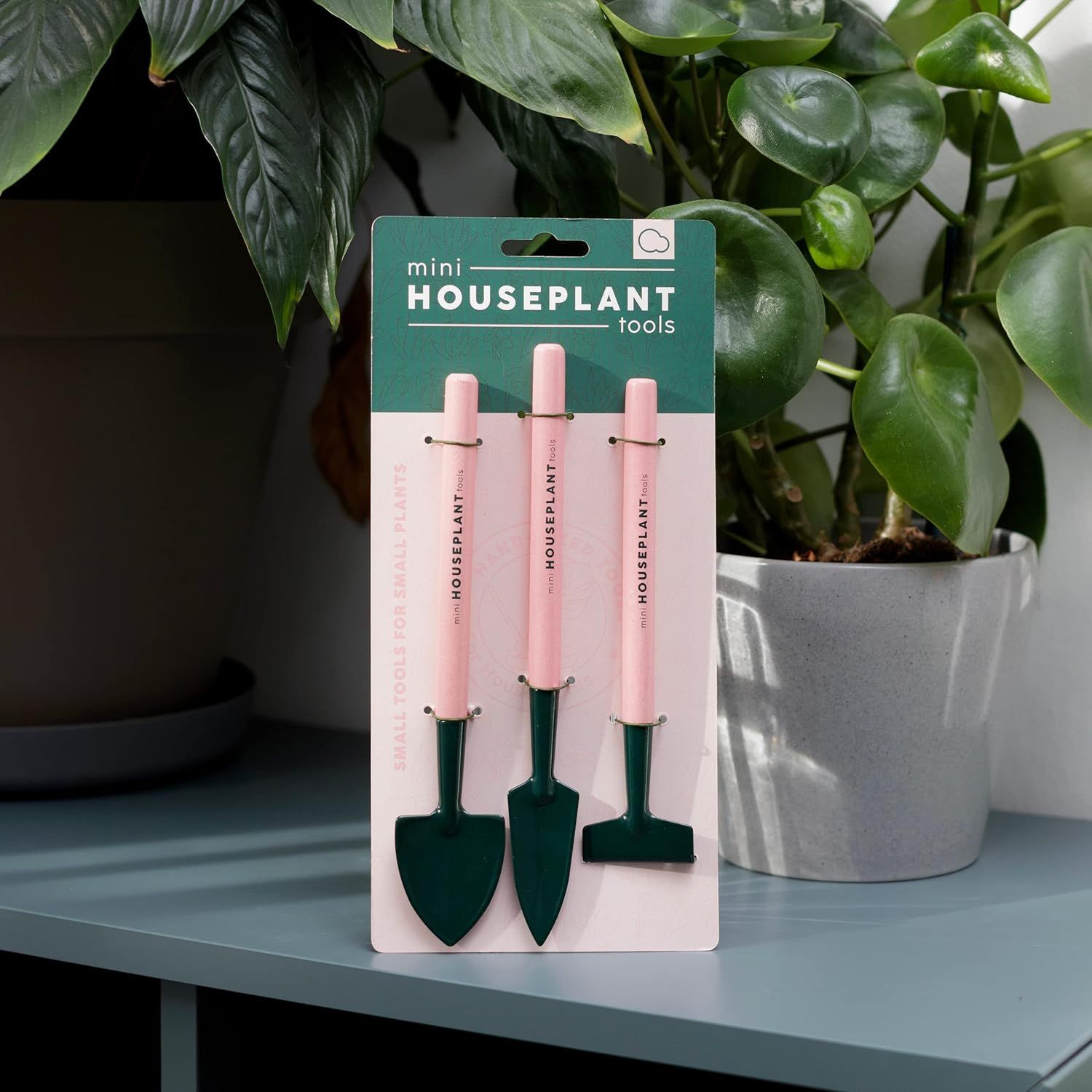Discover Your Birth Month Succulent – 12 Special Varieties for Each Month of the Year, Plus Expert Tips on Growing Them
Bring a personalized touch to your indoor garden with a birth month succulent


Stuck for gifting ideas? I have the perfect solution that promises to charm with a personal touch: birth month succulents.
That's right, there's a succulent for each month of the year. It's a meaningful option for an indoor plant to grow, and makes it easier to narrow down which of the hundreds of types of indoor succulent to add to your houseplant collection.
We have curated a list of birth month succulents that align with different months of the year, whether its because they're flowering or have other seasonal interest on show. Here, discover all 12 of our hand-picked birth month succulents, alongside expert tips to grow them successfully.

12 birth month succulents
Birth month succulents are just one of the special plants you can grow at home. You can also add your birth month houseplant to your interiors and try growing birth month flowers in the yard.
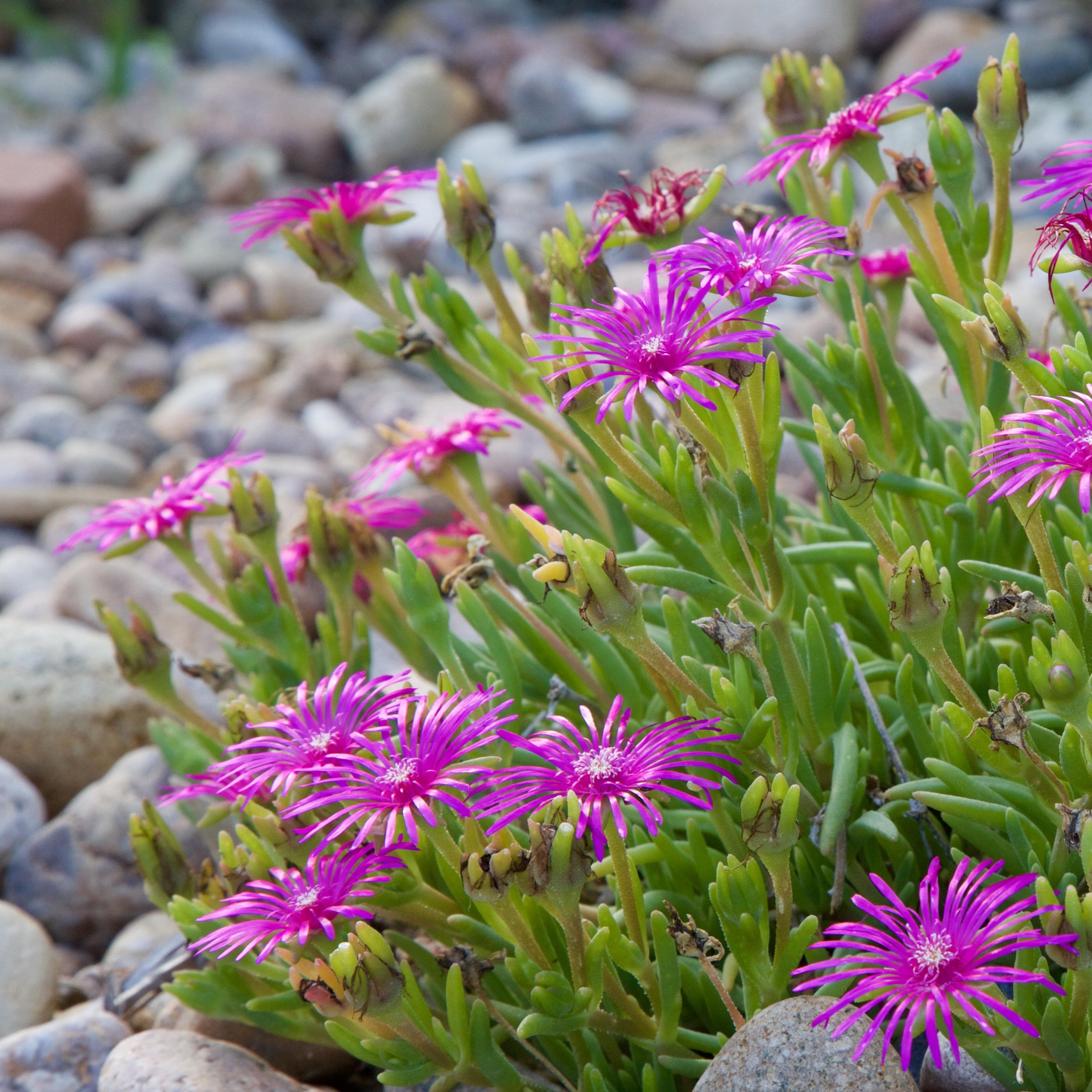
Cooper's ice plant, or Delosperma cooperi, is actually a succulent to landscape with outdoors. It earns its name from its cold hardiness, as a South African succulent that endures very low temperatures at night, hence making it a good choice for the winter. In the US, it grows best across zones 5 to 9, and flowers from spring to fall with vibrant, often magenta, blooms.

With February being the month of Valentine's Day, the birth month succulent has to be sweetheart hoya, one of the best houseplants with heart-shaped leaves. They're charming to gift, with a singular heart-shaped leaf emerging from houseplant soil. The best part is, if you continue caring for your sweetheart hoya, you can grow it into a trailing succulent vine, eventually adorned with multiple heart-shaped leaves.

There are a few reasons why the next of the birth month succulents is aloe vera. In March, these spikey succulents start to awaken after dormancy in winter. Growing an aloe vera in a particularly sunny spot will encourage new leaves in spring. There is also some symbolism around aloe vera as a healing medicinal plant and the start of spring being connected to ideas of renewal.

Succulents are some of the most underrated indoor flowering plants, bringing an explosion of color in spring and summer. That's why flowering kalanchoes are the April birth month succulent. Sitting atop waxy, rounded leaves, clusters of bright blooms in a range of colors from red and orange to white, these succulents brighten up interiors in spring months.

The majority of succulents are actively growing come May, but there's one type that wows in particular: hens and chicks, or Sempervivum. This refers to a group of succulents that are rosette forming with spikey leaves, all in different hues. The reason it earns its common name is because these succulents produce lots of baby plants ('chicks') in the warmer months. The best part? You can propagate these succulent offshoots to grow more of them for free.
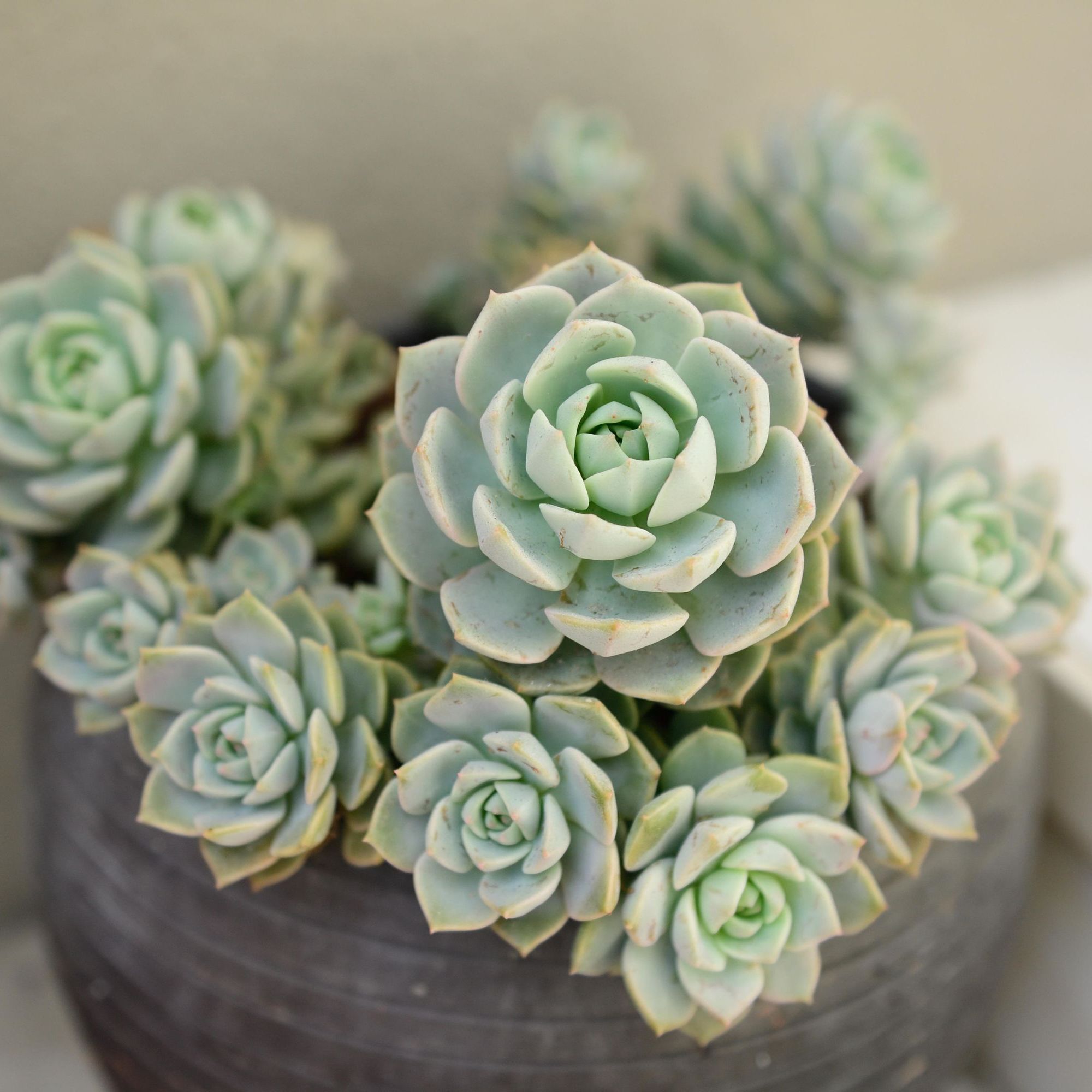
For June, there's no better birth month succulent than echeveria, a family of rosette-forming succulents. These succulents have rounded, flat leaves, often is soft hues, like the blue echeveria above. On a warm windowsill, sunny June days will enhance these colors and encourage impressive flower spikes with clusters of gem-sized flowers. These succulents are also incredibly easy to care for, tolerating drought and neglect. Though, it would be a succulent mistake to let it sit in dry soil for too long, causing leaves to crisp up and drop off.
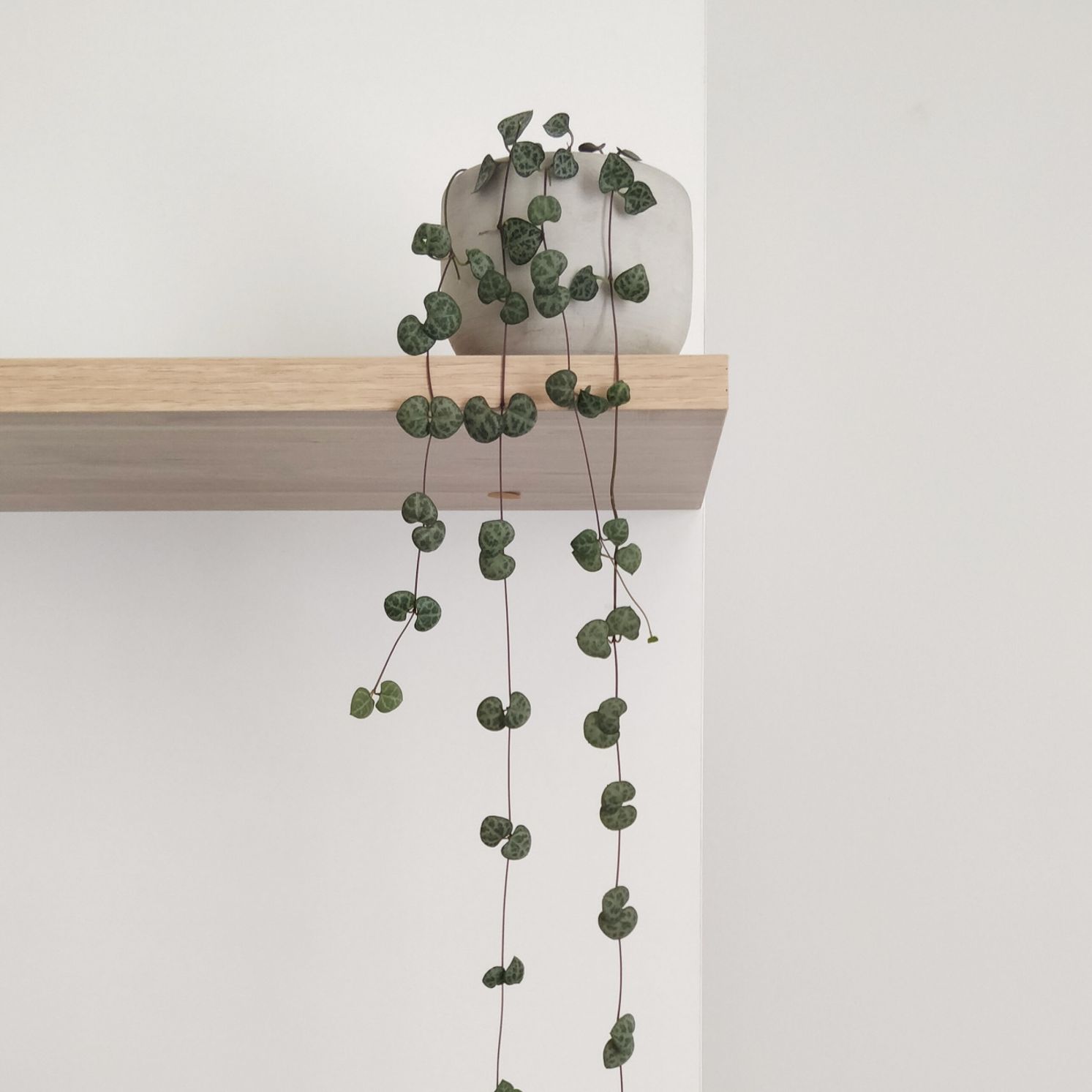
If you grow a string of hearts (Ceropegia woodii) in a particularly sunny location, you'll spot charming white-pink blooms in the summer months. Both regular string of hearts and variegated string of hearts will flower over the warmer months, but the latter can look particularly striking as the sun enhances the pink tones in the heart-shaped leaves. The joy of string of hearts is that it will just keep growing. You can cut strands to a desired length and use the cuttings to propagate your string of hearts.
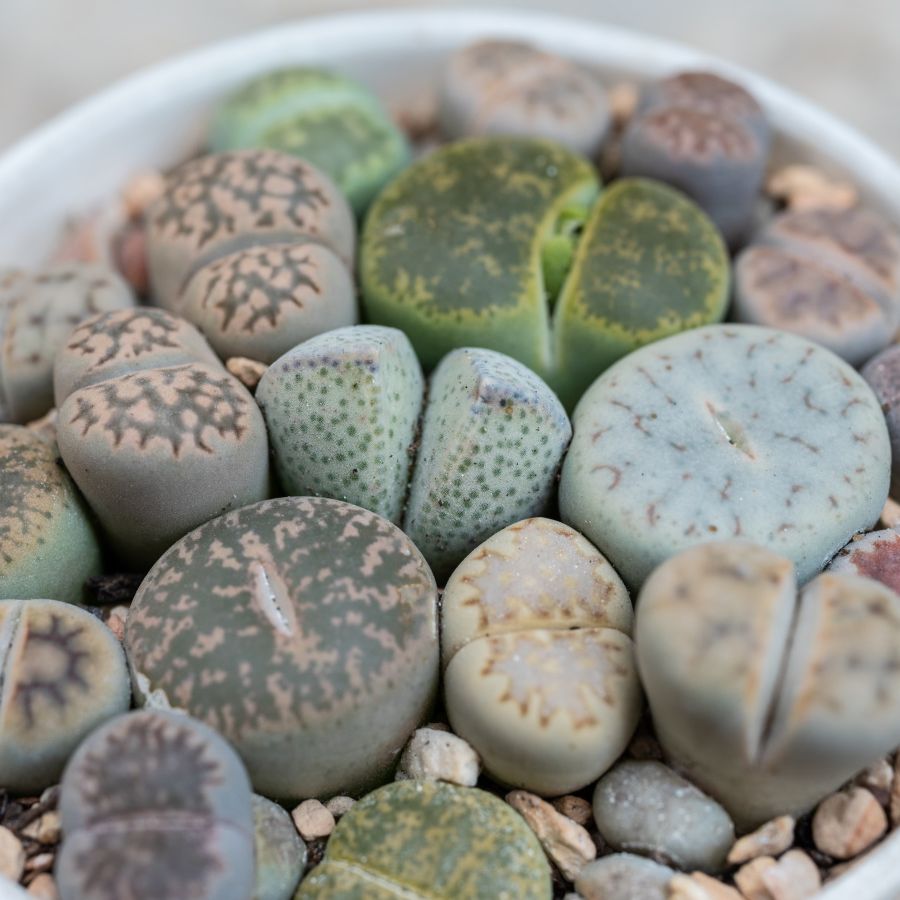
Living stones (lithops) are one of the most unusual houseplants. As their name suggests, these succulents appear as stones. This is particularly true in the heat of August: the time of year they enter dormancy, turning harder and firmer as they conserve energy and water. One of the most attractive features is that they also come in a wide range of fascinating colors, including greens, blues, rusty oranges, and pinks.
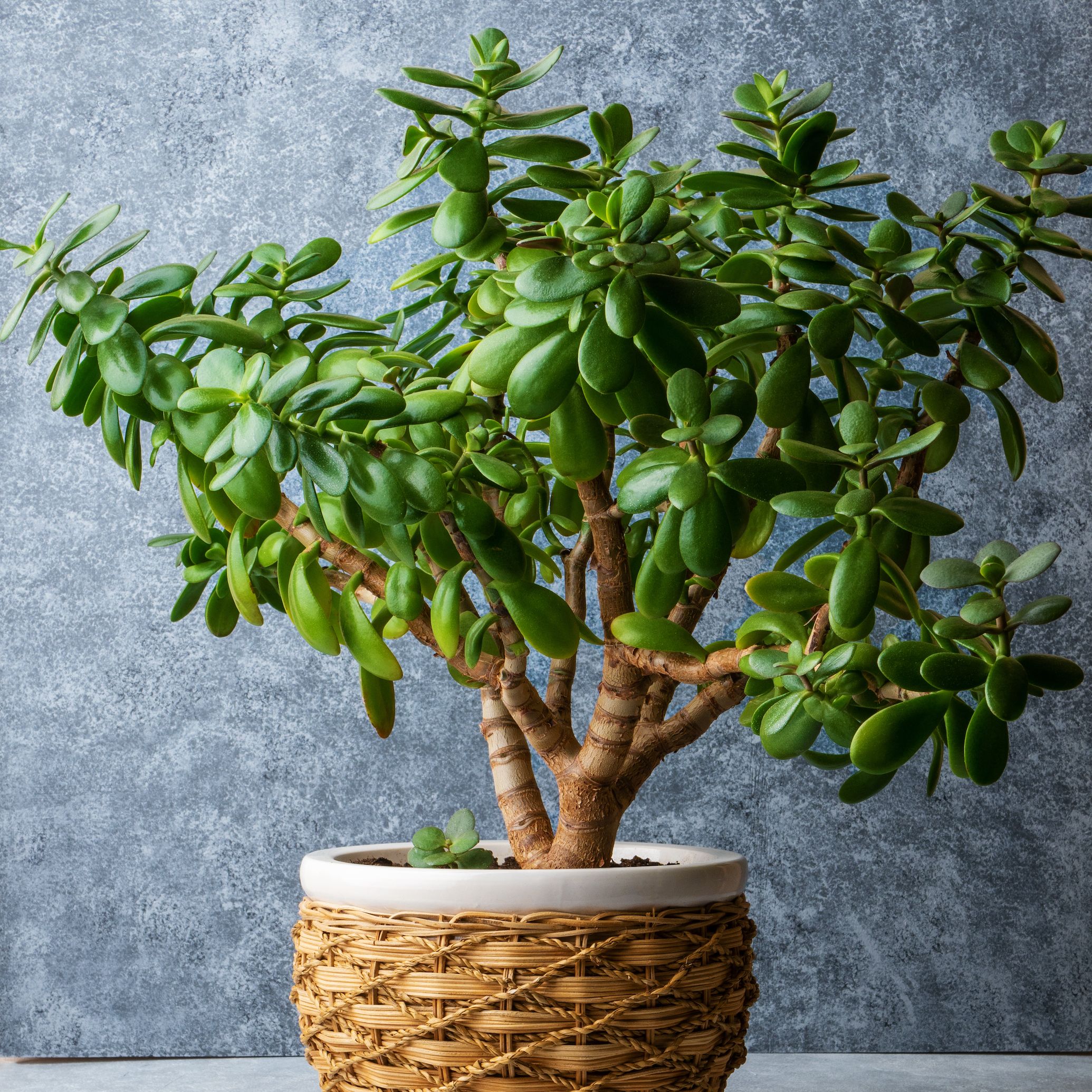
September is often associated with a fresh start and an opportunity to set new goals. That's why there's only one obvious birth month succulent for this time of year: jade plant. This Feng Shui plant is thought to bring good luck, wealth, and success. It's incredibly easy to care for a jade plant, too. So long as you give it a sunny position and water sparingly to not oversaturate its soil, it will continue growing until it develops a mini trunk and takes the form of a miniature tree.
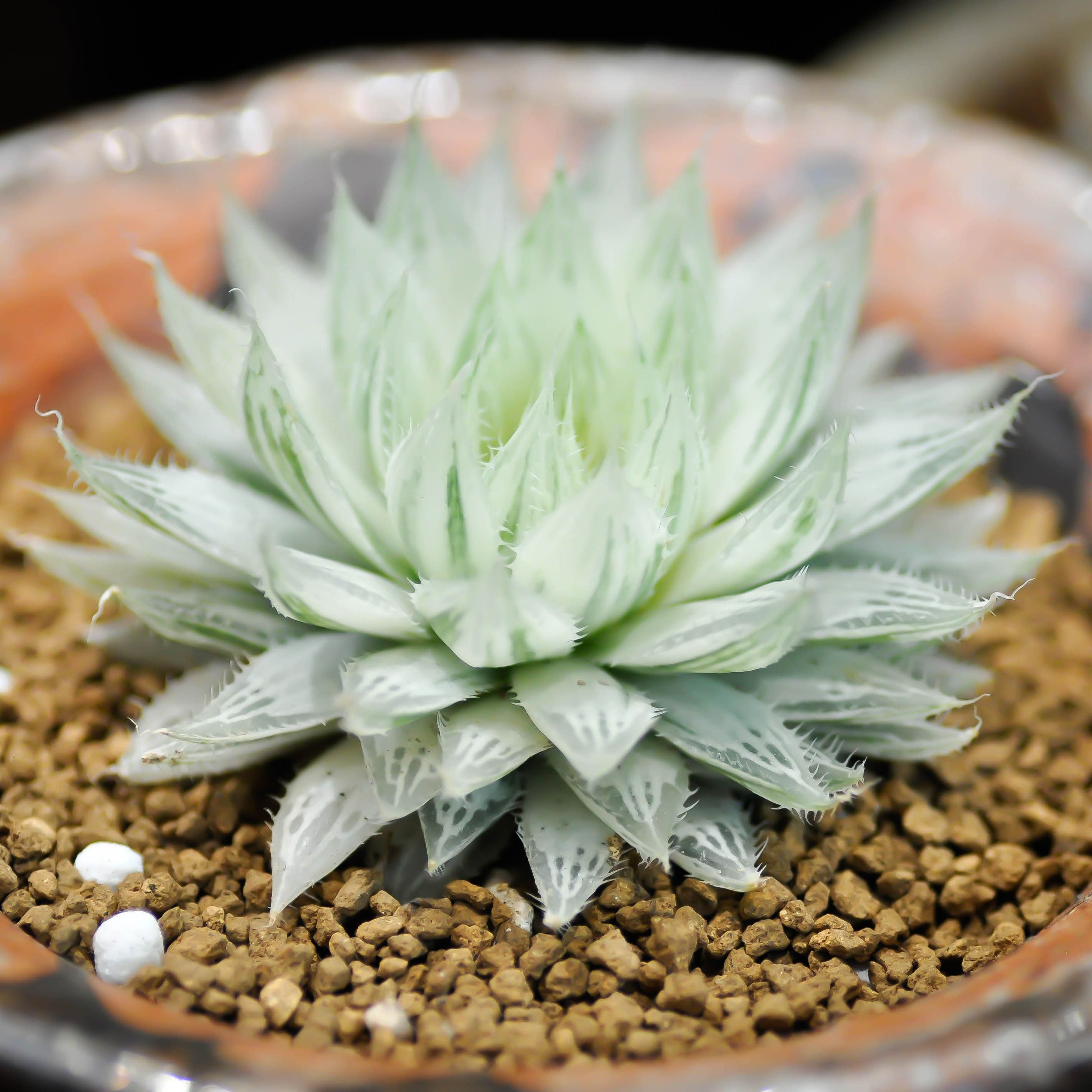
October is the month of spooky season and one succulent offering a Halloween feeling is 'White Ghost'. It's a haworthia with a classic spikey foliage shape and a unique white striped pattern. In some light, it can look almost translucent, hence its name. Make sure to keep its soil consistently moist to prevent excessive leaf drop, which can leave your succulent looking bare.
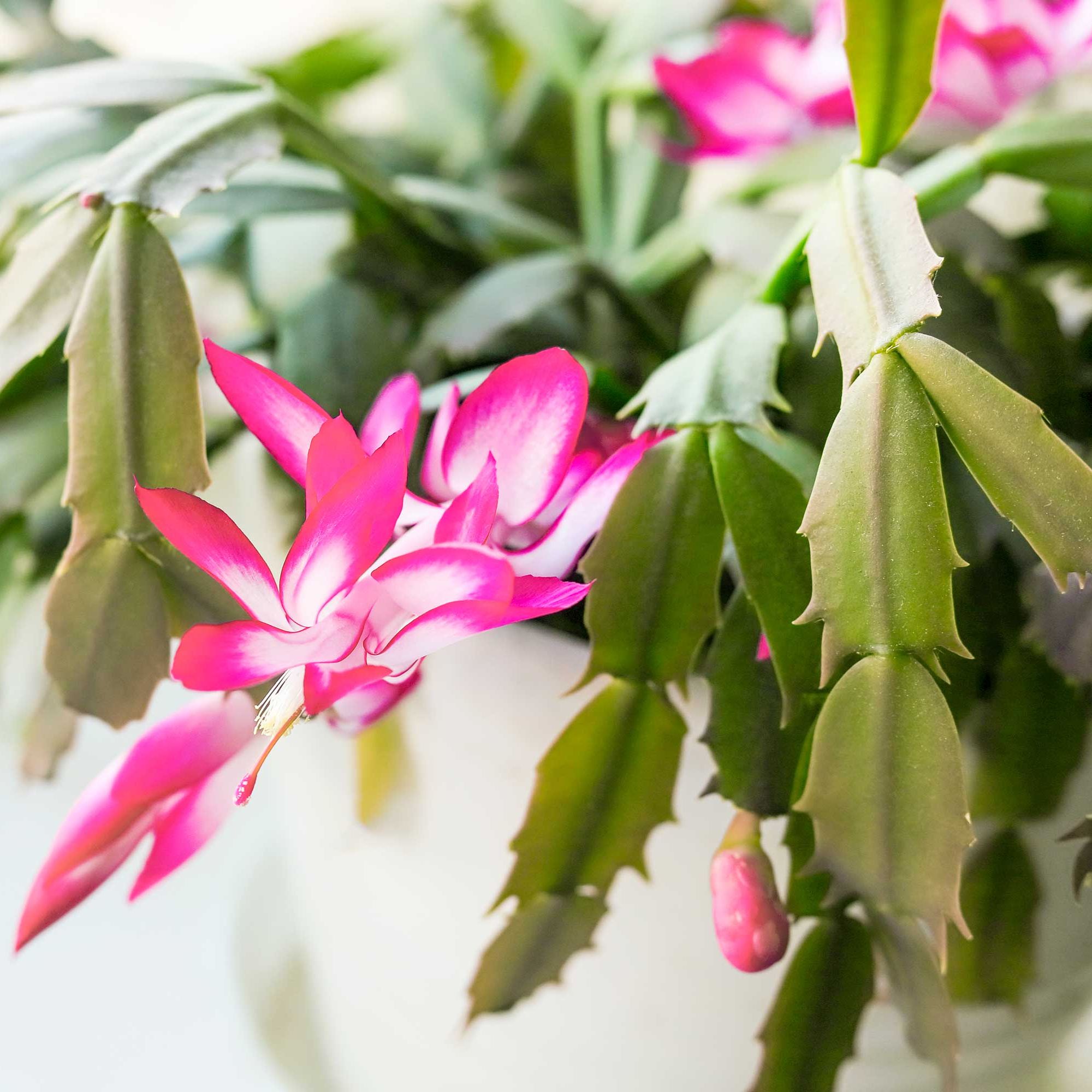
Thanksgiving cactus (and yes, it's actually a succulent) is one of the many holiday succulents available. It earns its name from the fact it blooms around Thanksgiving, with flowers in pink, red, and orange hues. Thanksgiving cactus does require some specific care, including around six weeks of darkness to encourage blooming in time for the November holiday. While it does look similar to Christmas and Easter cactus, you can easily identify a Thanksgiving cactus by its spiked leaf segments.

There's no better birth month succulent for December than Christmas cactus (which is actually a succulent, just like Thanksgiving cactus). Christmas cactus is a holiday plant that blooms during the festive period, with blooms of red, orange, pink, and yellow hues. When comparing Thanksgiving vs Christmas cactus, the latter has rounded, scalloped leaves. You have to follow a particular regime to get a Christmas cactus to bloom, including a period of darkness and not overwatering your Christmas cactus.
FAQs
Can you grow succulent houseplants outdoors?
Yes, you can grow succulents outdoors, but not all of them. It really depends on the type of succulent houseplant you have and your location. Different succulents have different hardiness zones and different growing requirements. It's best to research the outdoor growing needs of your succulent and see if you can provide this before choosing to plant it in your yard. You may even find you can just take your succulent outdoors for summer and bring it back indoors for winter.
There are lots of tips on how to care for succulents in our guide. You can also use the below accessories for gifting and styling your succulents:
Stylish succulent accessories
Design expertise in your inbox – from inspiring decorating ideas and beautiful celebrity homes to practical gardening advice and shopping round-ups.

Tenielle is a Gardens Content Editor at Homes & Gardens. She holds a qualification in MA Magazine Journalism and has over six years of journalistic experience. Before coming to Homes & Gardens, Tenielle was in the editorial department at the Royal Horticultural Society and worked on The Garden magazine. As our in-house houseplant expert, Tenielle writes on a range of solutions to houseplant problems, as well as other 'how to' guides, inspiring garden projects, and the latest gardening news. When she isn't writing, Tenielle can be found propagating her ever-growing collection of indoor plants, helping others overcome common houseplant pests and diseases, volunteering at a local gardening club, and attending gardening workshops, like a composting masterclass.
You must confirm your public display name before commenting
Please logout and then login again, you will then be prompted to enter your display name.


